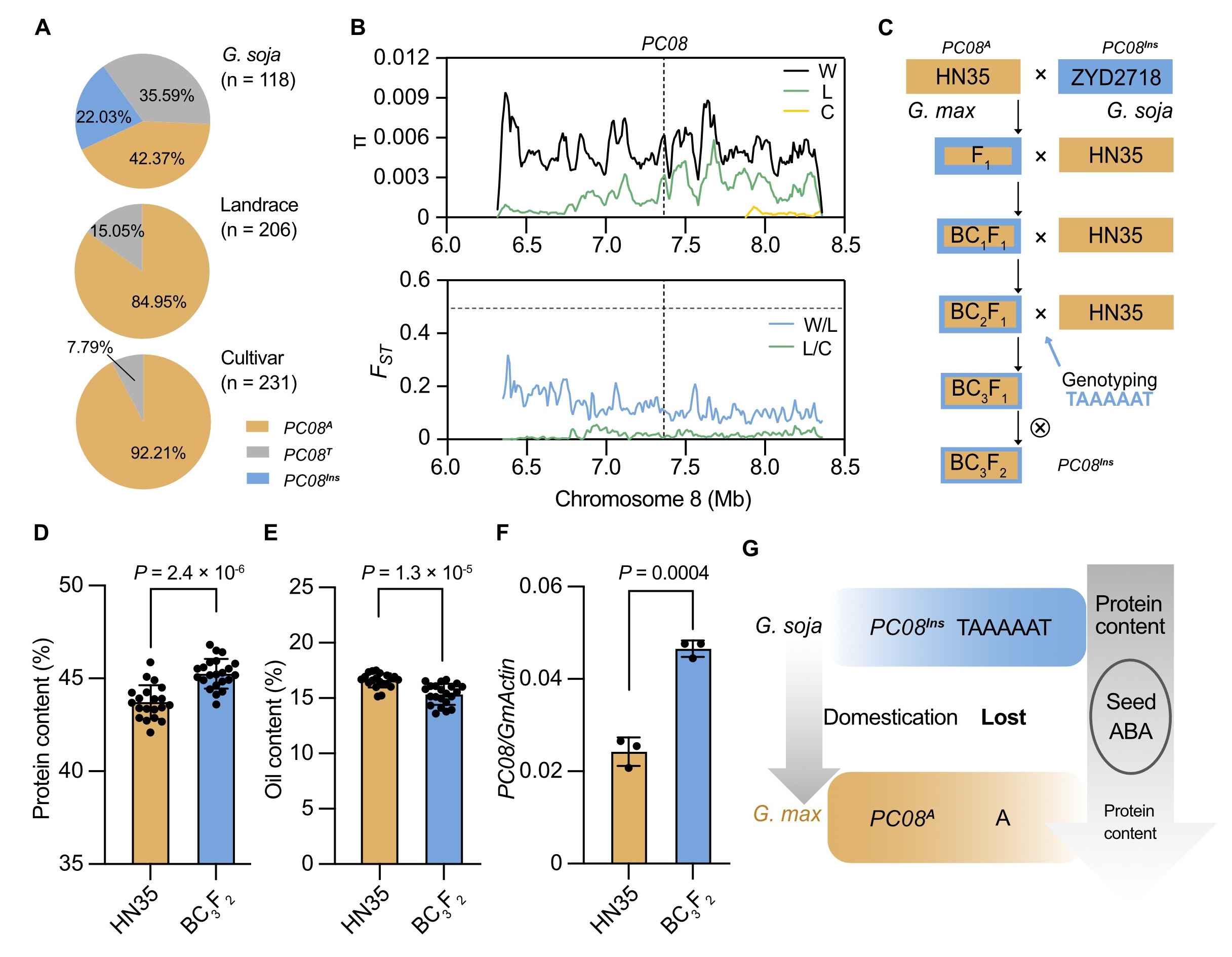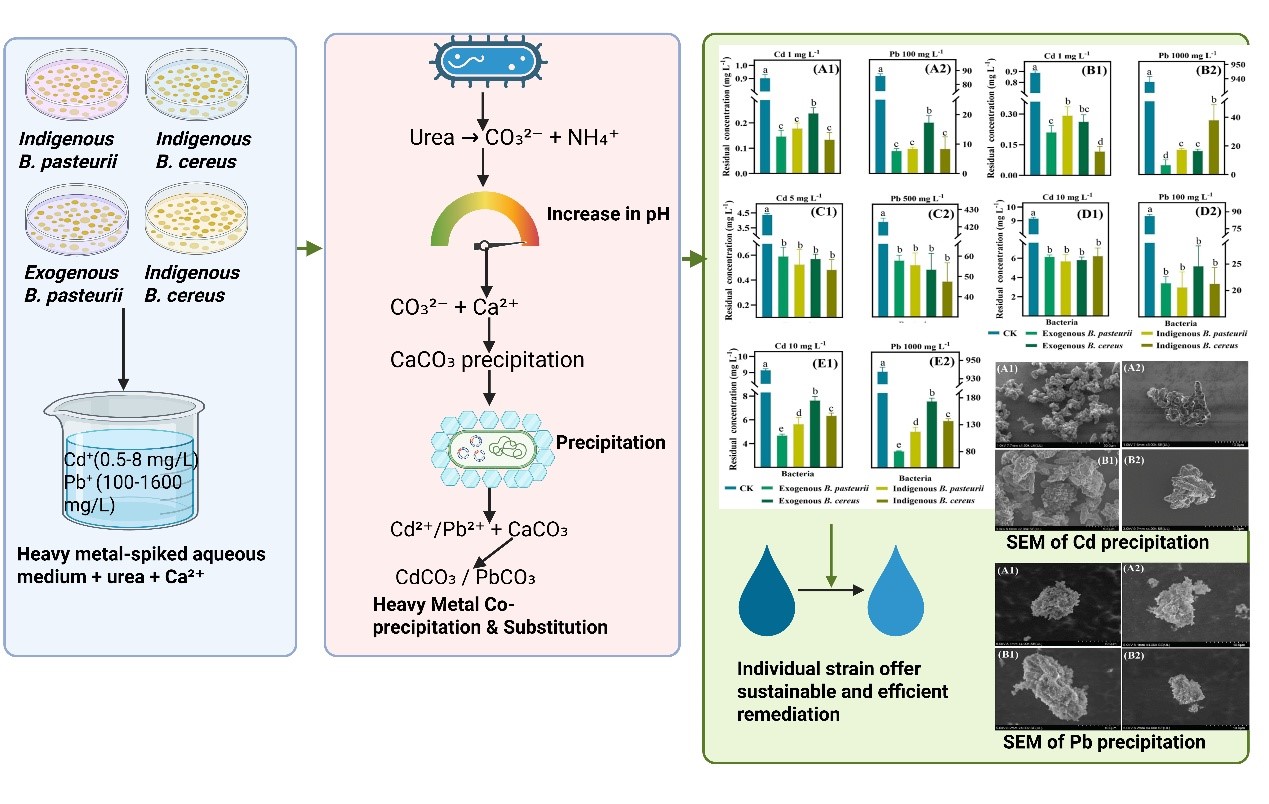News
-
2025-11-17The mechanism for macroevolutionary persistence of obligate mutualismBrood pollination mutualisms are characterized by reciprocally specialized and modular network architecture and constitute evolutionary paradoxes. With a comparative study of obligate mutualism between leafflowers and leafflower moths across eight communities, this findings that some regional networks are nested in this system suggests a possibl... Highly intimate (symbiotic) mutualisms, such as brood pollination mutualisms, are characterized by reciprocally specialized and modular network architecture and constitute evolutionary paradoxes. This type of mutualism is particularly vulnerable to extinction, since reciprocally specialized and modular networks are usually locally species-poor a...Read More
-
2025-11-14Researchers Identify Mangrove Tree Stems as Previously Underestimated Methane Source Offsetting Blue Carbon BenefitsStem methane emission from mangroves can offset 17% blue C burial, highlights the need for comprehensive greenhouse gas accounting in blue carbon assessments. Mangrove ecosystems rank among the most efficient “blue carbon” systems on Earth, capable of absorbing and storing vast quantities of atmospheric carbon dioxide (CO₂). However, mangroves also release methane (CH₄), a potent greenhouse gas, potentially offsetting a portion of their climate mitigation benefits. While prior research has focused...Read More
-
2025-11-13New Study Reveals Microbial Network Restructuring Mitigates Long-Term Soil Carbon Emissions from WarmingA decade-long warming experiment in a subtropical forest reveals that soil microbial communities reorganize into more stable networks, enhancing carbon use efficiency and partially offsetting initial warming-induced carbon losses. Soils release approximately 40–60 petagrams (Pg) of carbon annually into the atmosphere through microbial metabolism. Climate warming is projected to further enhance soil microbial respiration, intensifying positive carbon–climate feedback loops. However, it remains unclear whether this feedback might weaken over several years.To address this ...Read More
-
2025-11-12New Study Identifies Key Anti-Insect Monoterpenes in Sphagneticola trilobata and Reveals Their Biosynthetic Originα-Phellandrene, limonene, and p-cymene are the main volatiles with anti-insect effects in S. trilobata.StTPS3 is localized in the cytoplasm and may use GPP and FPP to synthesize limonene. Planting Sphagneticola trilobata (L.) Pruski around airport runways is known to reduce insect density and bird activity, lowering the risk of bird strikes. Yet its insect-repelling mechanism and the biosynthesis of its active compounds have remained unclear.New study published in the Journal of Advanced Research, titled “Inhibitor treatment and...Read More
-
2025-11-12Phylogenomics deciphers the mechanisms underlying the rapid radiation of Aspidistra (Asparagaceae)The reported study investigated the evolutionary radiation of the plant genus Aspidistra, revealing it to be one of the fastest known plant radiations in the Old World flora. The study further provides new insights into how abiotic and biotic factors act both independently and synergistically to shape the speciation rate, broadening our understa... Understanding how and why species diversify across time and space is a central question in evolutionary biology, with the key aim of revealing the drivers of rapid radiation. Currently, there are two main perspectives explaining the mechanisms driving evolutionary radiation, focusing on biotic and abiotic factors, respectively. The "Court Jester...Read More
-
2025-10-30Researchers discover an untapped allele under high seed protein content from wild soybeansA research team led by Prof. HOU Xingliang from the South China Botanical Garden of the Chinese Academy of Sciences has employed Genome-wide Association Studies (GWAS) to identify a rare allele lost in soybean domestication controlling seed protein content. AbstractA research team led by Prof. HOU Xingliang from the South China Botanical Garden of the Chinese Academy of Sciences has employed Genome-wide Association Studies (GWAS) to identify a rare allele lost in soybean domestication controlling seed protein content.Main TextDomesticating wild plants into crops was a pivotal breakthrough in human ...Read More
-
2025-10-28Unraveling the Mechanism of Heavy Metal Biomineralization by Indigenous BacteriaHeavy metal contamination is a critical environmental threat requiring sustainable remediation solutions. This study demonstrates the high efficacy of microbial-induced carbonate precipitation (MICP) using Bacillus strains to immobilize cadmium (Cd) and lead (Pb) in aqueous systems. While both metals were removed at high efficiencies (>98%) in s... With the continuous expansion of industrialization and agricultural activities, contamination of water bodies and soils by heavy metals such as cadmium (Cd) and lead (Pb) has evolved into a severe global environmental challenge. These toxic metals are not only persistent in the environment and highly bio-toxic, but also readily bioaccumulate thr...Read More







